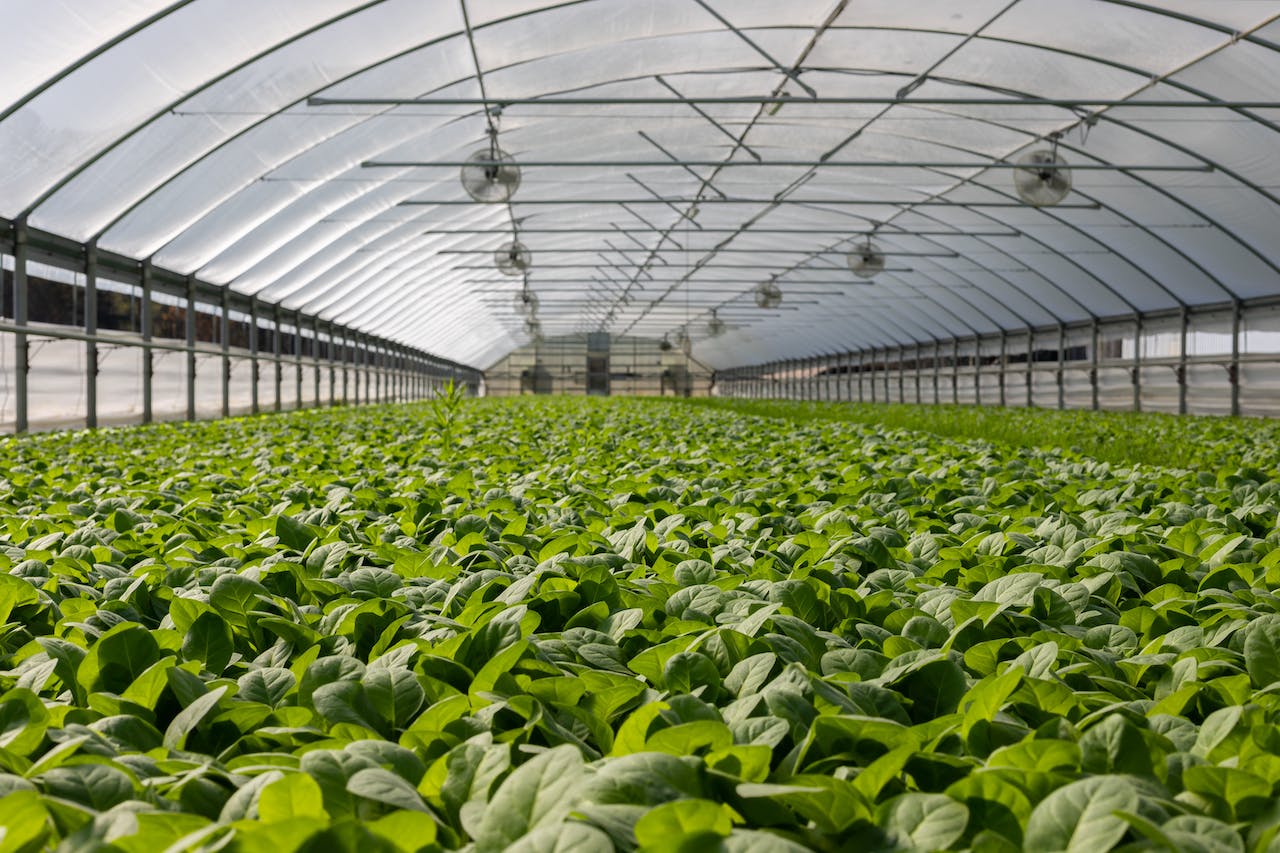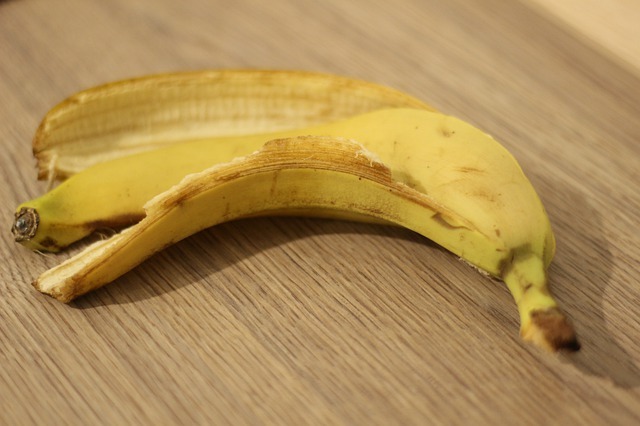How to Start Layered (Lasagna) Gardening on Your Homestead
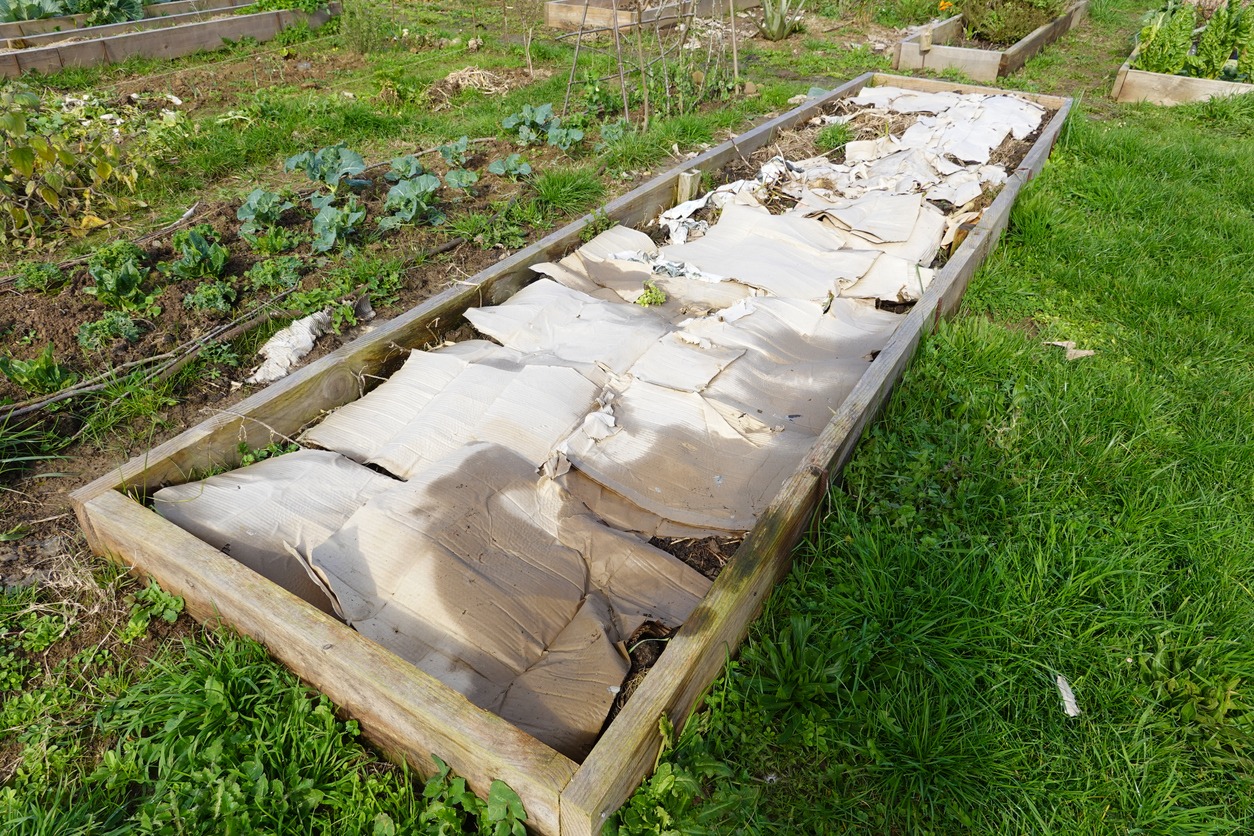
When you think of lasagna, you might picture layers of pasta, sauce, and cheese. Now, imagine applying that same layering concept to gardening. Lasagna gardening, also known as sheet composting, is a no-dig, sustainable method for creating rich, fertile soil. Perfect for homesteaders seeking a low-maintenance way to grow crops, lasagna gardening mimics nature’s decomposition process while suppressing weeds, retaining moisture, and promoting biodiversity.
Whether you’re dealing with poor soil, limited space, or a busy schedule, this method provides a practical, eco-friendly solution. This guide will walk you through the essentials of starting your very own lasagna garden, from choosing the right location to layering organic materials and maintaining your garden for long-term success. Whether you’re a seasoned gardener or just starting, this method is a game-changer.
Understanding Lasagna Gardening Basics
Lasagna gardening is simple: you build a garden bed by alternating layers of organic “brown” and “green” materials, much like assembling a lasagna. Over time, these layers break down, thanks to microbes and earthworms, transforming into nutrient-dense soil that’s perfect for growing healthy crops.
What Makes Lasagna Gardening Different?
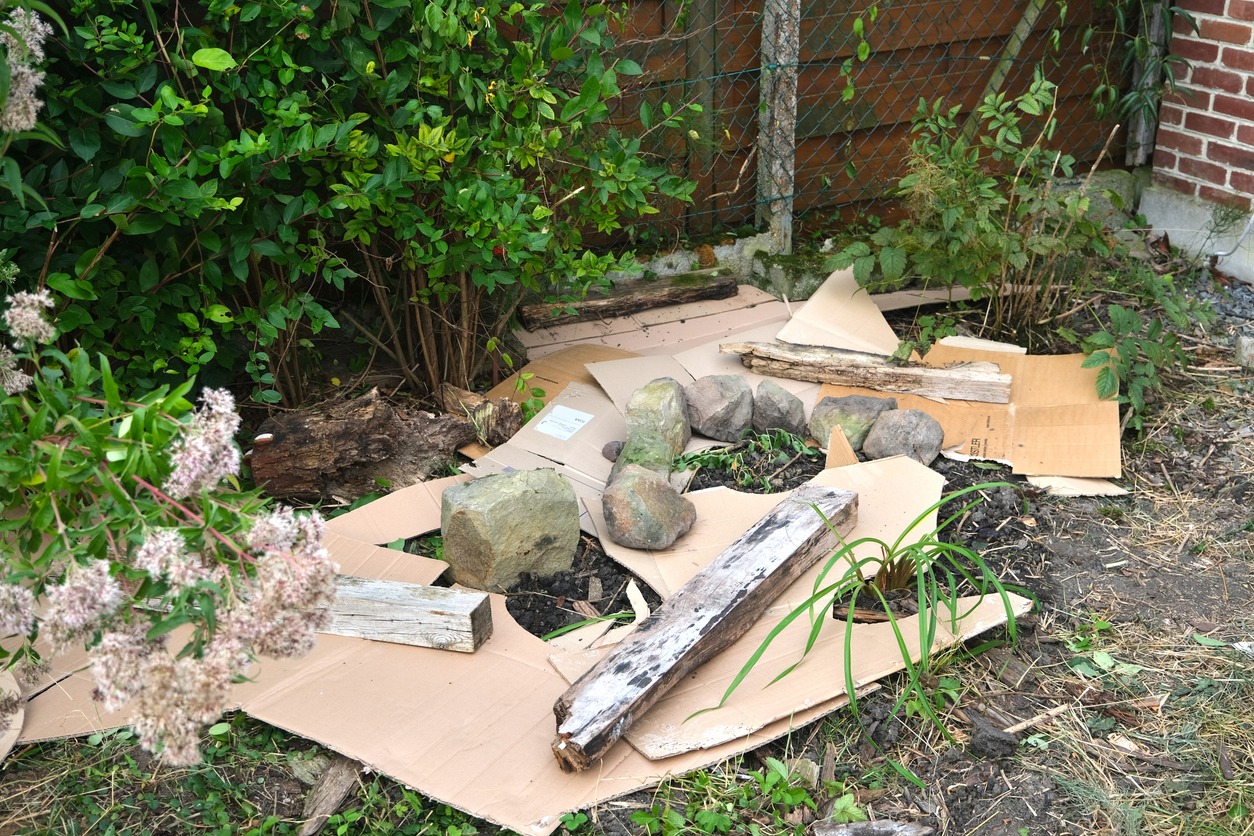
Unlike traditional gardening methods, lasagna gardening doesn’t require tilling or digging. Instead, you’re building soil from the top down, letting nature do the hard work. This not only saves time and effort but also prevents soil erosion and preserves the structure of the soil beneath.
Key Benefits:
- Weed Suppression: The initial layer of cardboard or newspaper acts as a barrier, smothering existing weeds and preventing new ones from sprouting. Say goodbye to hours of pulling weeds!
- Moisture Retention: The layered structure of organic materials holds water like a sponge, reducing your need for frequent watering and keeping plants hydrated during dry spells.
- Soil Enrichment: The decomposition process creates dark, crumbly, nutrient-rich soil that supports vigorous plant growth.
- Eco-Friendly: This method uses yard waste and kitchen scraps that might otherwise end up in a landfill. It’s an easy way to reduce waste and embrace sustainable living.
- Versatility: Whether you have a sprawling homestead or a small urban yard, lasagna gardening can adapt to your space and needs.
Lasagna gardening is also forgiving. You don’t need perfect materials or precise measurements. The organic matter will break down over time, and your garden will thrive with minimal intervention.
Selecting the Perfect Garden Location
The success of your lasagna garden begins with choosing the right spot. While this method is adaptable, a little planning goes a long way toward ensuring a productive and hassle-free garden.
1. Sunlight
Most vegetables and herbs need at least six hours of direct sunlight daily to grow well. Observe your property throughout the day to identify areas with consistent sun exposure. If you’re planting shade-tolerant crops like lettuce or spinach, partial shade can also work.
2. Drainage
Good drainage is essential. After a heavy rain, check for areas where water pools or stagnates. Excess water can drown plant roots and slow down the decomposition process in your lasagna garden. If you’re working on a sloped area, position the garden perpendicular to the slope to reduce runoff and ensure even moisture distribution.
3. Accessibility
A garden that’s hard to reach will likely be neglected. Choose a location near a water source or your home to make maintenance tasks like watering and harvesting easier. If you have mobility concerns, consider placing your lasagna garden closer to walkways or building it in a raised bed for added convenience.
4. Existing Vegetation
While lasagna gardening can smother weeds and grass, starting with a relatively clear area can make the process quicker. Thick, invasive weeds may require an additional layer of cardboard or newspaper to ensure complete suppression.
5. Proximity to Wildlife
If you live in an area with deer, rabbits, or other foraging animals, consider placing your garden in a spot where you can easily install protective fencing or netting.
Gathering Essential Organic Materials
View this post on Instagram
The heart of lasagna gardening lies in the organic materials you layer to create fertile soil. To build a thriving garden, you’ll need a mix of brown materials (carbon-rich) and green materials (nitrogen-rich). These materials work together to fuel the decomposition process.
Brown Materials:
- Dry leaves: Easily available in the fall and excellent for adding structure to your garden bed.
- Straw or hay: Lightweight and perfect for retaining moisture while providing carbon.
- Shredded newspaper or cardboard: Use non-glossy paper and remove tape or stickers from cardboard.
- Wood chips or sawdust: Ideal for the topmost layers but should be used sparingly to avoid compacting the soil.
Green Materials:
- Grass clippings: Fresh clippings are rich in nitrogen and decompose quickly.
- Vegetable and fruit scraps: A great way to recycle kitchen waste while enriching the soil.
- Coffee grounds: Add a small amount for an extra nitrogen boost.
- Animal manure: Well-aged manure from chickens, cows, or horses is a powerhouse of nutrients.
Pro Tips:
- Balance the Ratio: Stick to a 3:1 ratio of brown to green materials to ensure the layers decompose effectively without unpleasant odors.
- Avoid Problematic Items: Steer clear of glossy paper, treated wood, dairy, meat, or pet waste. These materials can introduce toxins or attract pests.
- Think Seasonally: Collect materials throughout the year. Autumn leaves, spring grass clippings, and summer garden trimmings are all valuable additions to your lasagna garden.
Building Your Lasagna Garden Bed
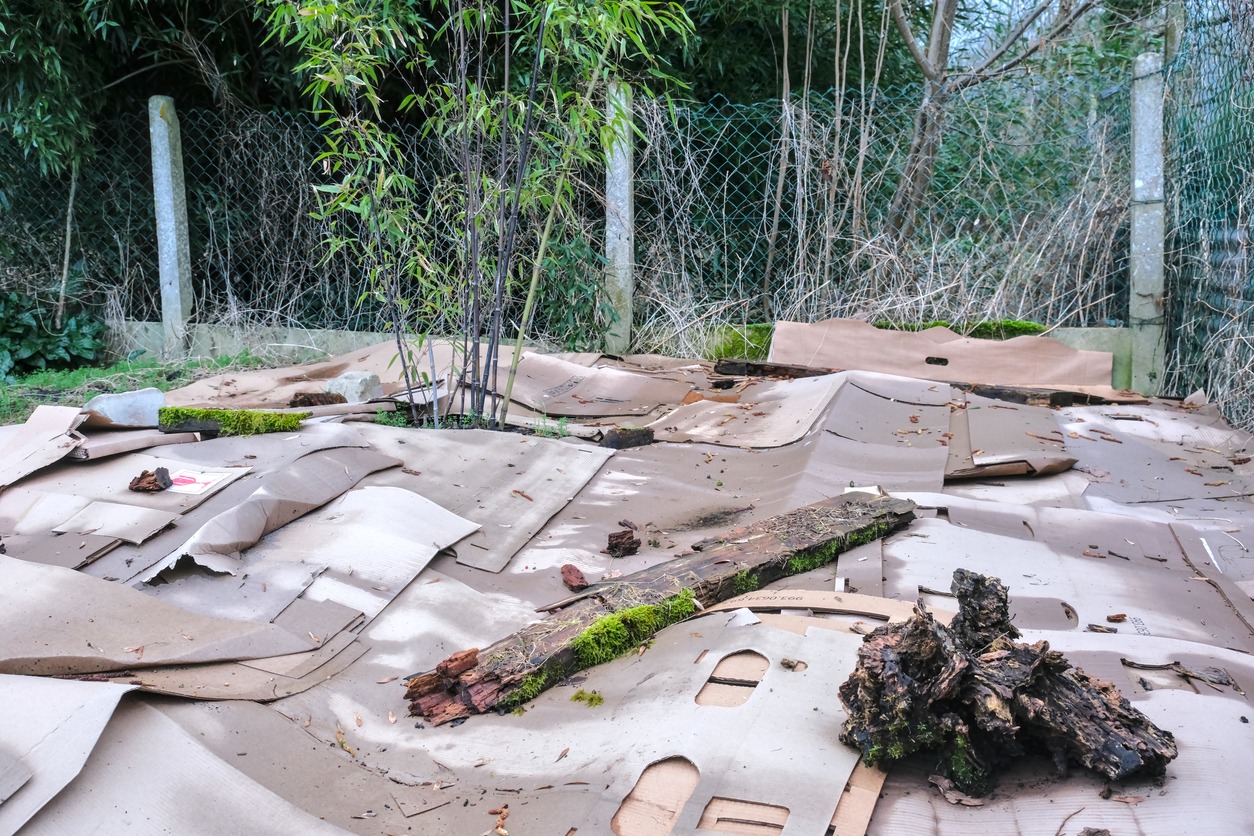
Now comes the fun part: assembling your garden bed.
Step 1: Prepare the Base
Start by laying down a thick layer of cardboard or several sheets of newspaper. This base layer suppresses weeds and creates a clean slate for your garden. Overlap the edges to ensure there are no gaps for weeds to sneak through. Once laid, water this layer thoroughly to help it adhere to the ground and break down faster.
Step 2: Layer Brown and Green Materials
Alternate layers of carbon-rich brown materials and nitrogen-rich green materials:
- Begin with a layer of straw or shredded cardboard (brown).
- Add a layer of grass clippings or kitchen scraps (green).
- Repeat until your bed is 18 inches to 3 feet tall, watering each layer as you go.
Consistency is key. Try to spread each layer evenly and avoid clumping materials together, as this can slow decomposition.
Step 3: Optional Raised Edges
If you’re building your garden on a slope or in a small space, use wooden planks, bricks, or other edging materials to frame your garden bed. This keeps layers contained and adds a neat, finished look.
Step 4: Top It Off
Finish with a 2-inch layer of compost or aged manure. This layer acts as a planting medium, allowing you to start growing crops immediately.
Planting and Maintaining Your Lasagna Garden
Once your lasagna garden is built, the real magic begins. Over time, the layers will break down into nutrient-rich soil, creating the perfect environment for healthy plants.
Planting:
- For shallow-rooted crops like lettuce, spinach, and radishes, you can plant directly into the top compost layer.
- Deep-rooted crops like tomatoes and carrots may benefit from waiting a few months until the layers below have partially decomposed.
- Use companion planting to maximize space and promote pest control. For example, pair basil with tomatoes or marigolds with beans.
Maintenance:
- Replenish Layers Annually: Add a fresh layer of compost or organic matter each year to maintain fertility.
- Watering: Aim for about an inch of water per week, adjusting for rainfall. Lasagna gardens retain moisture well, so overwatering is rarely an issue.
- Pest Management: Encourage beneficial insects like ladybugs by planting pollinator-friendly flowers. Avoid chemical pesticides that can harm your garden’s ecosystem.
- Weed Management: While lasagna gardening suppresses most weeds, occasional maintenance may be needed for particularly persistent ones.
Biodiversity:
Include flowers, herbs, and pollinator-friendly plants to create a balanced ecosystem. Marigolds repel pests, while sunflowers and zinnias attract bees and butterflies.
Benefits of the Lasagna Gardening Method
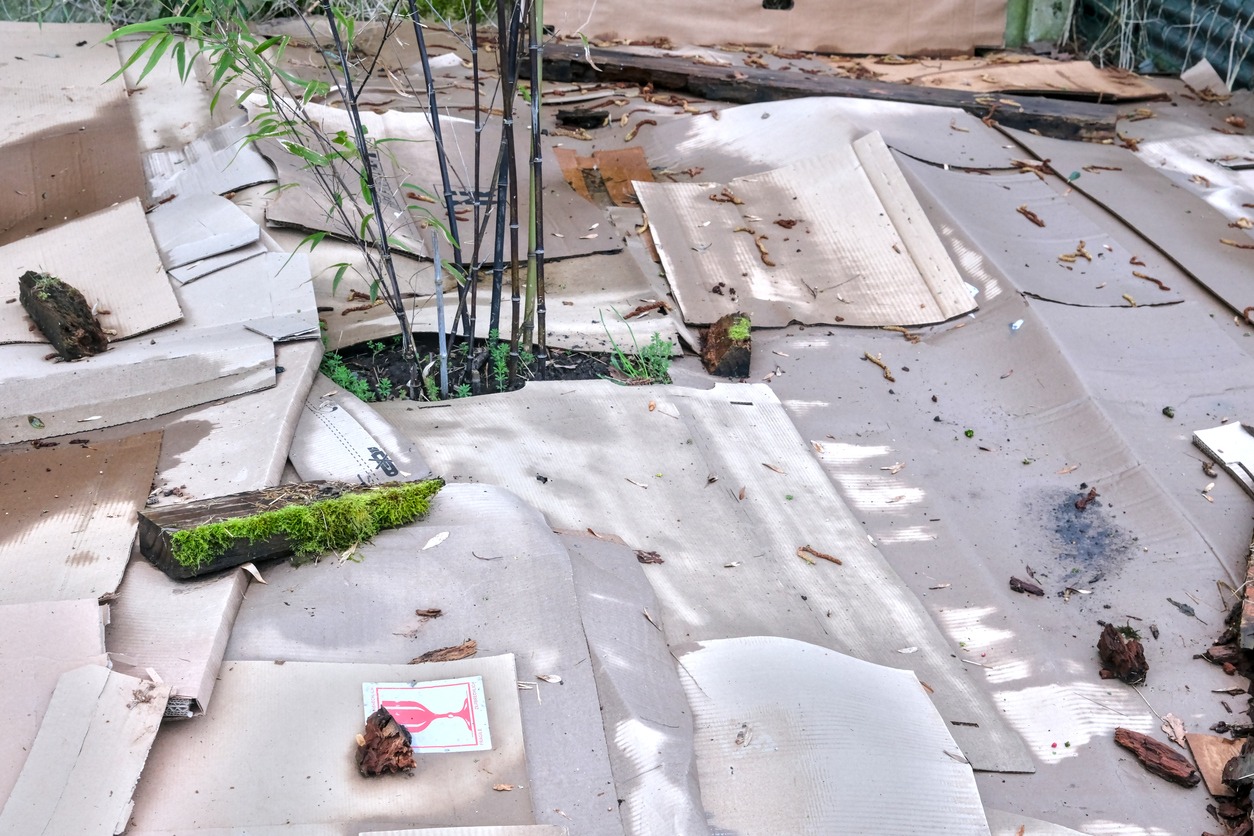
Lasagna gardening offers more than just a fertile growing space. It transforms the way you approach gardening:
- Effortless Weed Control: The layered structure naturally suppresses weeds, reducing backbreaking labor.
- Water Conservation: Retained moisture means less frequent watering, saving time and resources.
- Sustainability: Recycling organic waste into fertile soil supports eco-friendly practices.
- Soil Health: Rich, aerated soil promotes vigorous plant growth, improving crop yields year after year.
- Adaptability: Whether you have rocky soil, clay, or limited space, lasagna gardening adapts to your conditions.
Conclusion
Lasagna gardening is a revolutionary way to grow a thriving, low-maintenance garden on your homestead. By layering organic materials and letting nature do the work, you’ll create nutrient-rich soil that supports healthy plants and bountiful harvests.
Why not give it a try? Gather your materials, choose a sunny spot, and start layering today. With lasagna gardening, you’ll not only grow food—you’ll nurture the earth, reduce waste, and build a sustainable future for your homestead. Happy gardening!


